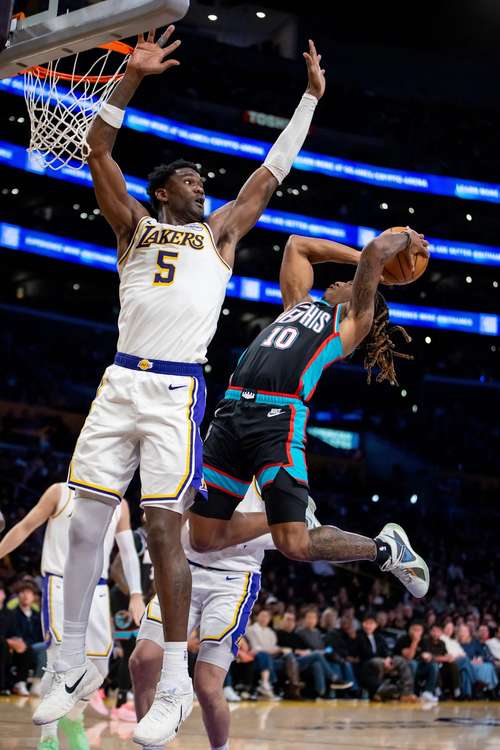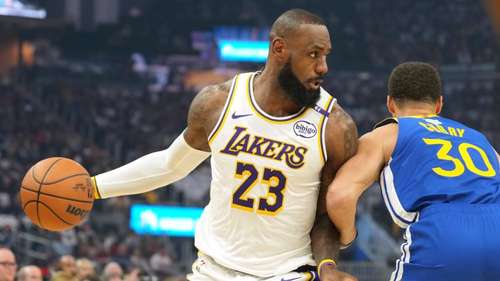The NBA has implemented new regulations to manage player load and increase the participation of star players in important games, such as national TV broadcasts and the in-season tournament.
This move comes in response to long-standing concerns about star players frequently sitting out games for rest. The rules restrict teams from resting more than one star player in a game, prioritize star player availability for specific matchups, and aim to balance rest between home and away games.
These changes reflect the NBA's commitment to showcasing its star talent and ensuring fans get to witness top players in action more consistently.
Under these rules, star players, defined as those who have made an All-Star or All-NBA team in any of the previous three seasons, face certain restrictions:
- Limitation on Rest: Teams are now allowed to rest only one-star player in each game, except in cases of injury. This means that teams like the Boston Celtics, with star players Jaylen Brown and Jayson Tatum, must ensure that at least one of them is available for every game.
- National TV and In-Season Tournament: Star players must be available for national television games and in-season tournament games. This prevents players from sitting out games that have broader viewership.

- Balanced Absences: Teams must maintain a balance between resting star players in home and away games. The preference is for star players to rest during home games.
- No Long-Term Shutdowns: Teams are discouraged from shutting down star players for extended periods without apparent injury. This safeguards the integrity of the game.
- Transparency and Visibility: Healthy star players who are resting must be present and visible to fans, a rule that has been in place since the 2017 Player Resting Policy (PRP).
Also Read: 6 Silly and Unusual Basketball Rules You Probably Haven't Heard Before
Teams found in violation of these rules will face fines, starting at $100,000 for the first offense and increasing for subsequent violations. The NBA is determined to promote greater player participation in the full 82-game regular season, minimize multiple star player absences in the same game, prioritize high-profile games, improve fan perception, and ensure compliance through clear rules and penalties.
These rules have been met with mixed reactions. Some teams express concerns about how the rules may affect their use of sports science to manage player workloads effectively. Additionally, there's apprehension about what happens when a team believes a player should rest due to soreness, but the league deems the player healthy.
However, the NBA's primary motivation behind these rules is financial. The league aims to maximize revenue from gate receipts, broadcast rights, sponsorships, and other sources, all of which contribute to players' salaries through the basketball-related income (BRI) formula. Reducing the number of games in the regular season would likely lead to a loss in revenue and impact player salaries.
Although these new rules may not be a perfect solution, they represent the NBA's efforts to strike a balance between player rest and revenue generation. Ultimately, their success in achieving the league's goals will be evaluated in the coming seasons.




